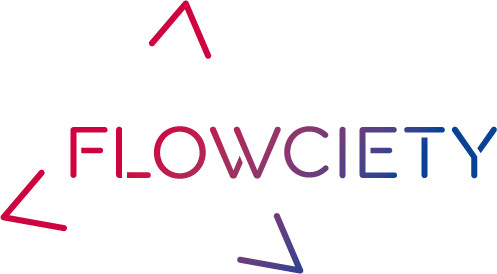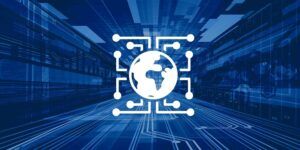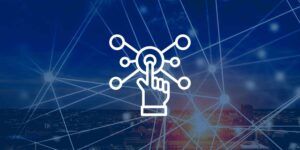How does Blockchain work?
COVID19 has changed the world of work a lot in recent years. Various industries have to address different challenges as a result of these changes. These changes are creating pressure for companies to transform processes and workflows and to organize them differently. Generally, challenges favor the adoption of new technologies.
The heart of our collaboration engine Glu:on works only with the best parts of various technologies, including Blockchain technology. Unfortunately, blockchain is many times equated with cryptocurrency and the true added value is hardly recognized. Therefore, a short introduction to the technology and its advantages.
A short introduction
A classic transaction currently requires at least two participants and a third entity that observes or, if necessary, releases and executes this transaction. Via the blockchain, transactions can take place without this third entity (trusted third party). All participants are in a peer-to-peer network – i.e. they have equal rights and can track their processes transparently. Completed processes cannot simply be changed on the blockchain, as it is structured chronologically and works with a consensus procedure. This means that if a transaction is changed, it can only take place if the majority of instances in the peer-to-peer network confirm this information, for example via proof-of-work.
Other ways of validating transactions include proof-of-stake (PoS), proof-of-authority, proof-of-burn, proof-of-capacity or proof-of-elapsed-time.
This is how a new block is generated
A new block is needed?
You have certainly heard something about miners in connection with Bitcoin. Miners are entities that validate blocks via computers, with high computing power.
To do this, they must generate a matching random number, called: Nonce. This is very complex and one of the disadvantages of the blockchain, which work by using proof-of-work. This is because this process consumes a large amount of power, requires high computing capacity, but is less susceptible to manipulation. Once a miner has found the nonce, the chain may be extended. In many cases, the miner is rewarded for this (with newly generated Bitcoins).
A small background fact: Bosch is currently exploring the Ethereum platform with projects such as self-charging and self-paying cars at charging stations.
If you want to learn more about blockchain in action, visit our website at the button below and get to know Glu:on – The infrastructure for collaborative work with your partners.





